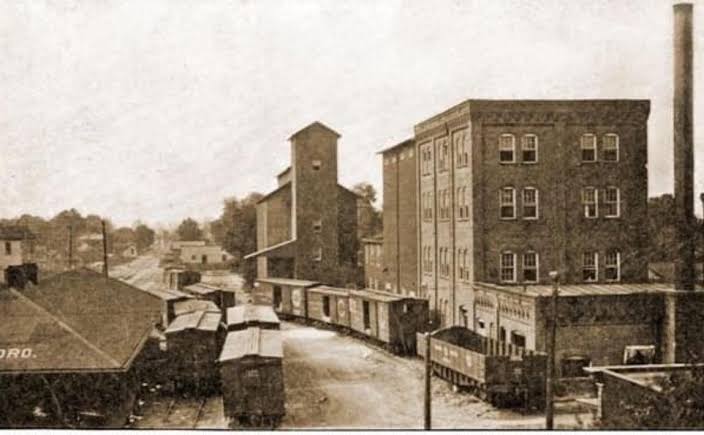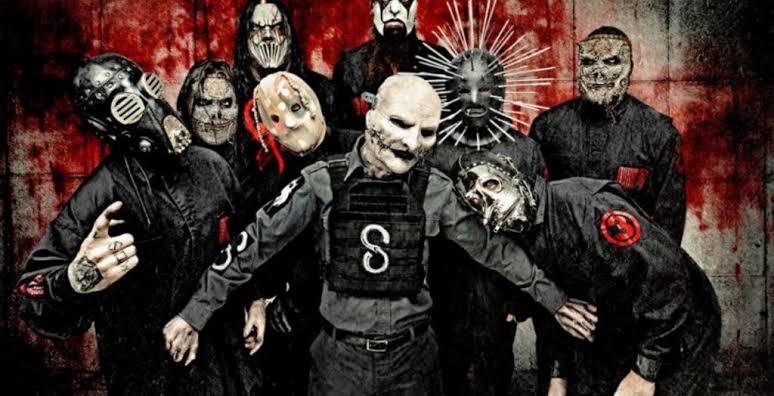One of the most attractive and endearing aspects of Greenville’s downtown is the look and feel of its Main Street. In the wake of Mayor Max Heller’s campaign to transform it into a more European aesthetic with its tree canopy, wide sidewalks and fewer lanes for cars, visitors and locals alike have flocked to enjoy its charm. The continued presence of many of the city’s old buildings provide a key component to the experience that so many enjoy. A mix of new and old gives a character that welcomes people of different generations. A photographic journey down Main Street gives us a glimpse of the evolution and heritage of the heart of our city.
A view from the 1890s shows us when North Main was still a dirt road and not yet commercialized. The home on the left is near the corner where North Street intersects with Main. The photo is pointing south from somewhere near where the NoMa plaza is now located. Transportation was still dominated by horses and carriages. Main Street was notoriously muddy after a good rainstorm, making everyday business a much slower process.
The stately, three-story Queen Anne Victorian home of Mills Hoke was located on the east side of North Main. It was one of many big homes lining the North Main block between North and College in the late 1800s. A two-story porch fronted the left side of the house with a conical turret behind it. Just to the left of the house (here seen with a wagon on it) was Oak Street (no longer here). In the foreground, placed in the middle of Main Street, is the old Confederate monument. It became a traffic hazard after cars became popular and was moved to the entrance outside of Springwood cemetery.
The 1960s brought significant changes to the look of North Main. Here we see the Downtowner Motor Inn on the left side of the photo, which replaced the elegant Ottaray Hotel and was built by Daniel Construction Co. (whose headquarters was across the street). Oak Street borders the motor inn on the right side with Phoenix Furniture on the opposite corner (now approximately where Roost Restaurant is located) and Ivey’s department store on the far right.
Beginning on the corner of West North Street (left foreground), North Main Street was a prestigious residential neighborhood filled with large Victorian homes for the Smiths, Sloanes, Coxes, and many other families. The tree canopy that graces the sidewalks along Main Street in this postcard would soon be torn down with the block’s commercialization in the 1910s-20s, only to return with plantings during the 1970s under Mayor Max Heller. In the distance can be seen the Confederate monument in the middle of Main Street.


